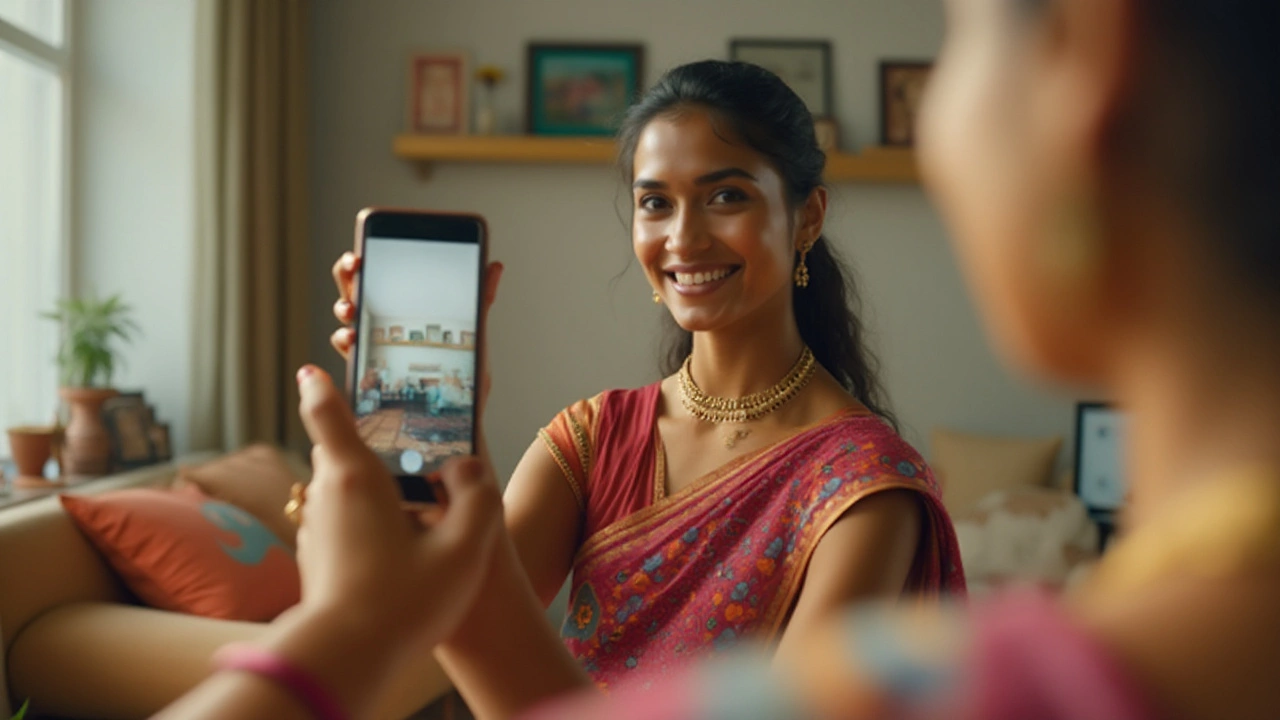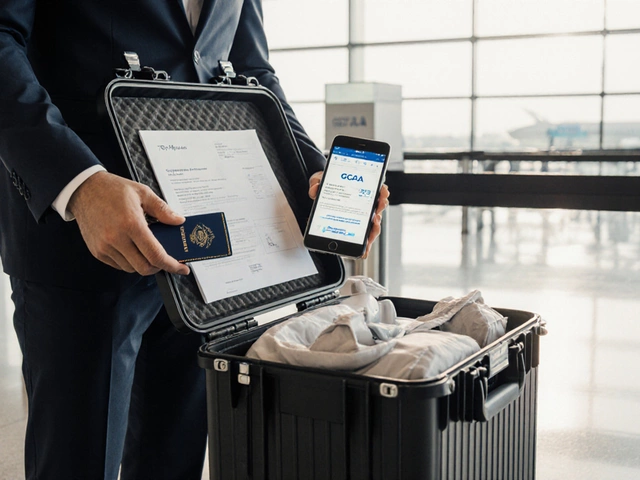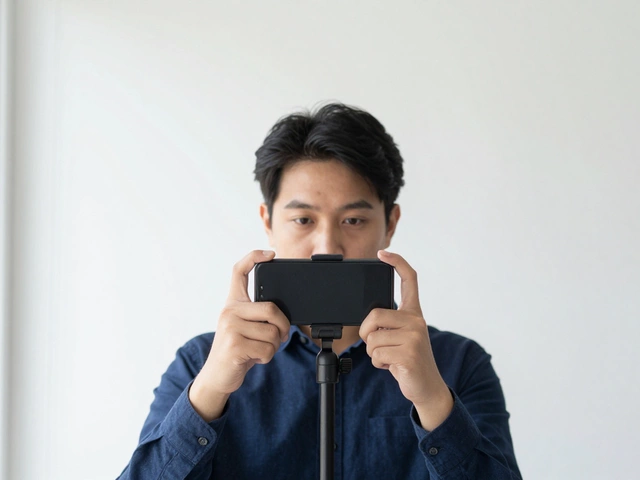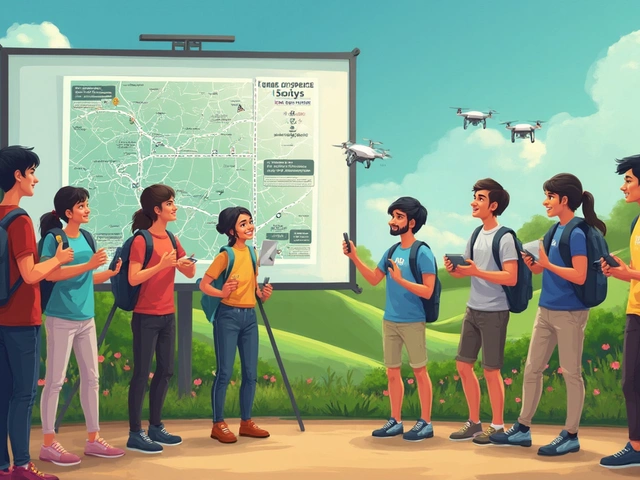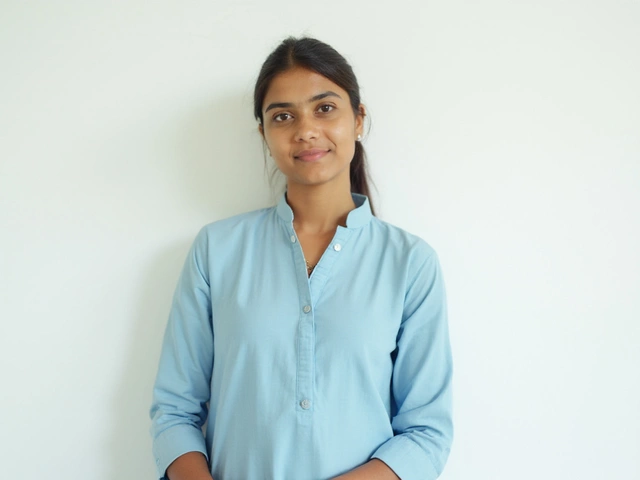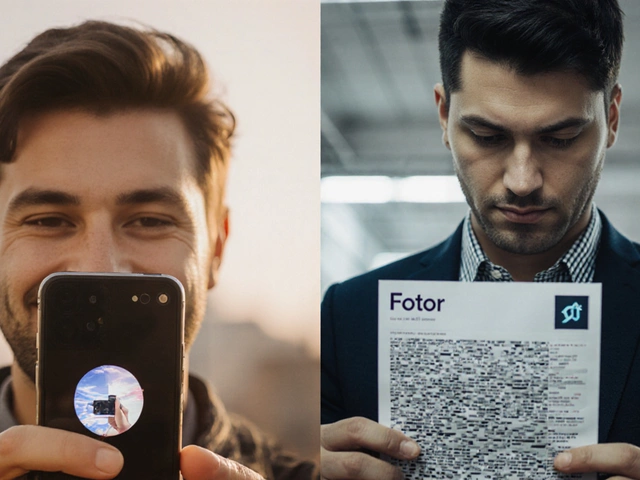In today's digital age, creating a professional passport photo doesn't require a trip to a local photo studio. Thanks to the multitude of free online tools, you can now use your phone to produce a high-quality 2x2 photo suitable for passports and other official documents.
This article delves into how you can turn your smartphone into a versatile photo studio. We explore user-friendly online platforms, share practical tips for capturing the ideal photo, and provide guidance on image requirements to ensure acceptance by official authorities.
From choosing the right app to tweaking brightness and contrast for the perfect shot, we've got you covered. Dive in and discover the step-by-step process that simplifies creating your passport photo at home.
- Choosing the Right Online Tool
- Step-by-Step Guide to Creating Your Photo
- Tips for the Perfect Passport Photo
- Ensuring Your Photo Meets Requirements
Choosing the Right Online Tool
When it comes to creating a passport photo with nothing but your smartphone, selecting a reliable online tool is the first and most crucial step. The internet is brimming with resources, but not all are created equal. Some platforms offer a seamless user experience and stunning results, while others might frustrate you with clunky interfaces or hidden fees. Here are some key factors to consider when deciding on the best online tool for your needs.
First, prioritize tools that are free to use. While many apps advertise themselves as 'free', they might require payment for the photo download or to remove watermarks. Look for services like Passport Photo Online or IDPhoto4You which are known for their genuinely free services with no hidden charges. These platforms often support various document sizes, including the standard 2x2 inches for passports, making them ideal choices.
Next, examine the user interface of the tool. A straightforward, user-friendly design is crucial if you hope to smoothly navigate through the photo editing process. Many sites provide tutorials or step-by-step guides designed to assist first-time users, which can significantly cut down the learning curve. The tool should also support a wide range of file formats, enabling easy uploading and downloading of your images.
"An effective passport photo tool simplifies the mundane process of cropping and resizing, transforming it into a quick and manageable task," reports TechRadar in one of their reviews.
Another important aspect to check is the accuracy and specificity of the cropping tools. Your photo needs to adhere to particular standards, including correct head size and positioning. Tools that offer precise control over the image dimensions and offer templates for common sizes are invaluable. Some advanced platforms even provide AI-powered guidance to ensure that your head is perfectly aligned and your photo meets all given requirements.
Finally, consider reading user reviews and rating scores on app stores or tech review sites before making a selection. Real user experiences often highlight the practicality and reliability of a tool better than any promotional material. With these insights, choosing the right app or website becomes less of a trial-and-error endeavor and more of an informed decision that streamlines the process of generating a professional passport photo right from your phone.
To wrap up, choosing the right online tool involves a mix of assessing ease of use, cost, feature offerings, and user feedback. By carefully weighing these elements, you're well on your way to obtaining a usable, high-quality passport photo that meets official standards, all at no cost to you.
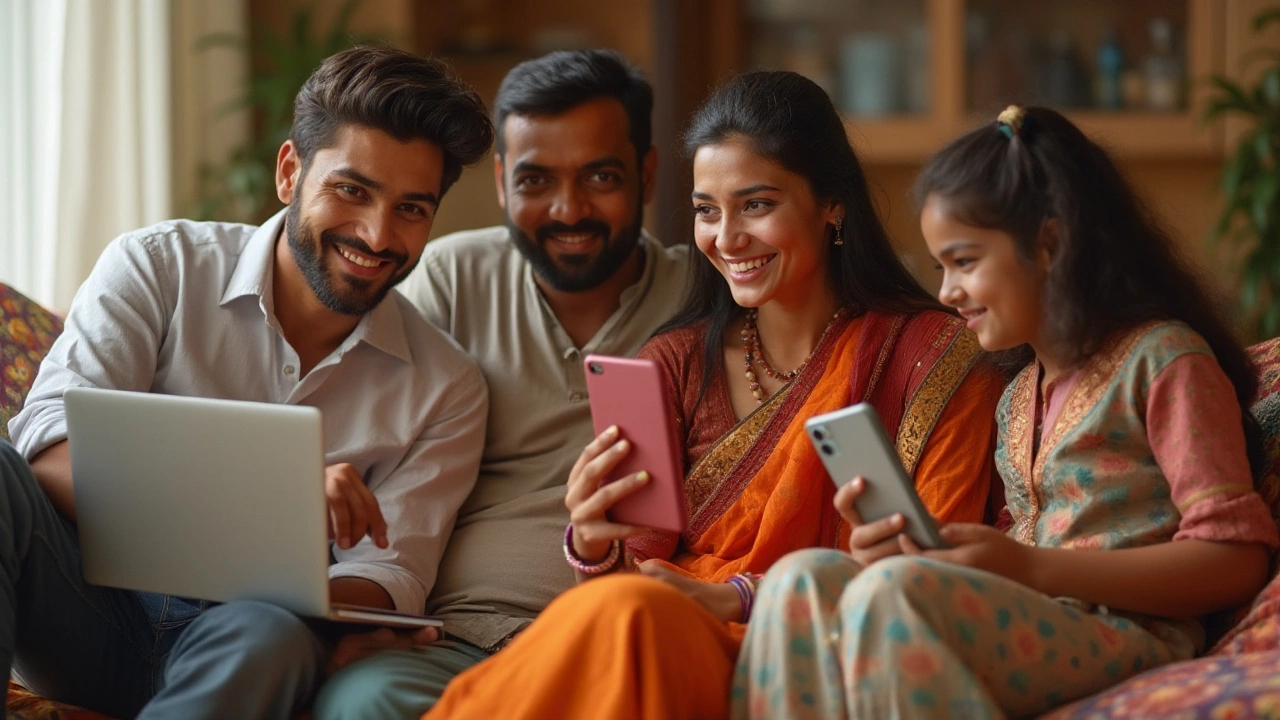
Step-by-Step Guide to Creating Your Photo
Crafting the perfect passport photo using free online tools on your smartphone may sound complex, but with this guide, it becomes a breeze. The first thing you'll want to do is select an appropriate app or website that specializes in generating passport photos. Several platforms like Passport Photo Online and IdPhoto4You offer user-friendly interfaces without demanding a high level of tech-savvy. Many of these services streamline the process by guiding you through each step, and they are particularly lauded for their accuracy in ensuring compliance with official requirements. Another advantage is that you can test different tools to find the one that meets your needs, as all have unique features that might appeal more to one user compared to another.
Next, prepare your environment for capturing the image. It might sound minor, but getting your smartphone camera ready involves more than just pointing and shooting. Use natural light, ideally standing by a window or stepping outside, as artificial lighting can cast odd shadows that interfere with photo quality. Be mindful of the background; a plain, light-colored wall works best and avoids the need for excessive editing. Ensure your face is evenly lit, and don't use flash, as this can create red-eye effects or unwanted shadows. Although rare, some applications may also offer built-in guidance indicating when the lighting or background isn't optimal, which can be immensely helpful.
Once you have prepped the setting, it's time to capture your image. Ensure the frame includes your head and shoulders, leaving space around the top of your head so the photo can be easily cropped. As you take the photo, keep both eyes open and maintain a neutral expression – no smiling is allowed in official documents as it can affect biometric measurements. It's helpful to have someone assist you, particularly for maintaining proper framing and to eliminate subtle tilts often introduced when taking a selfie. Using a timer setting on your phone's camera can also give you adequate time to get into position.
After successfully capturing the photo, you move on to the adjustment stage. Apps will often guide you in cropping the image to the 2x2 photo size, aligning it according to the passport standard dimensions. You'll need to check brightness, contrast, and sharpness to make sure the image is clear and the colors are accurate. It’s surprising how a minor tweak here or there can elevate photo quality from good to excellent, ensuring vital details like face symmetry, hair color, and skin tone are authentically represented. Remember, if your photo doesn’t meet specific criteria, authorities might reject it, necessitating a redo.
Prior to saving or printing your image, carefully review it against official passport photo guidelines. Depending on the country issuing the passport, these guidelines can vary slightly, though most require a white background, a face in full view, and specific dimensions. Some online tools will help verify compliance by listing these checkpoints, effectively serving as a pre-checklist before you commit to sending off your application. Double-check these features to ensure all requirements are met, as non-compliance is often a leading cause for rejected applications. Ultimately, once you're confident the photo meets all necessary standards, save it in the required format, be it JPEG or PNG, often specified by official forms.
The final stage involves printing, a step where precision is as crucial as in taking the photograph. Opt for high-quality photo paper, making a significant difference in image clarity and professional appearance. While uploading directly to digital portals is becoming standard, for instances when physical photos are required, consider your local print services, which often offer quick turnaround and reliable quality. The venture into passport photography might have once seemed like a daunting task, but with these straightforward steps and online resources, you can produce official images with just your phone. Remember, a few careful steps now save potential delays and frustrations later.
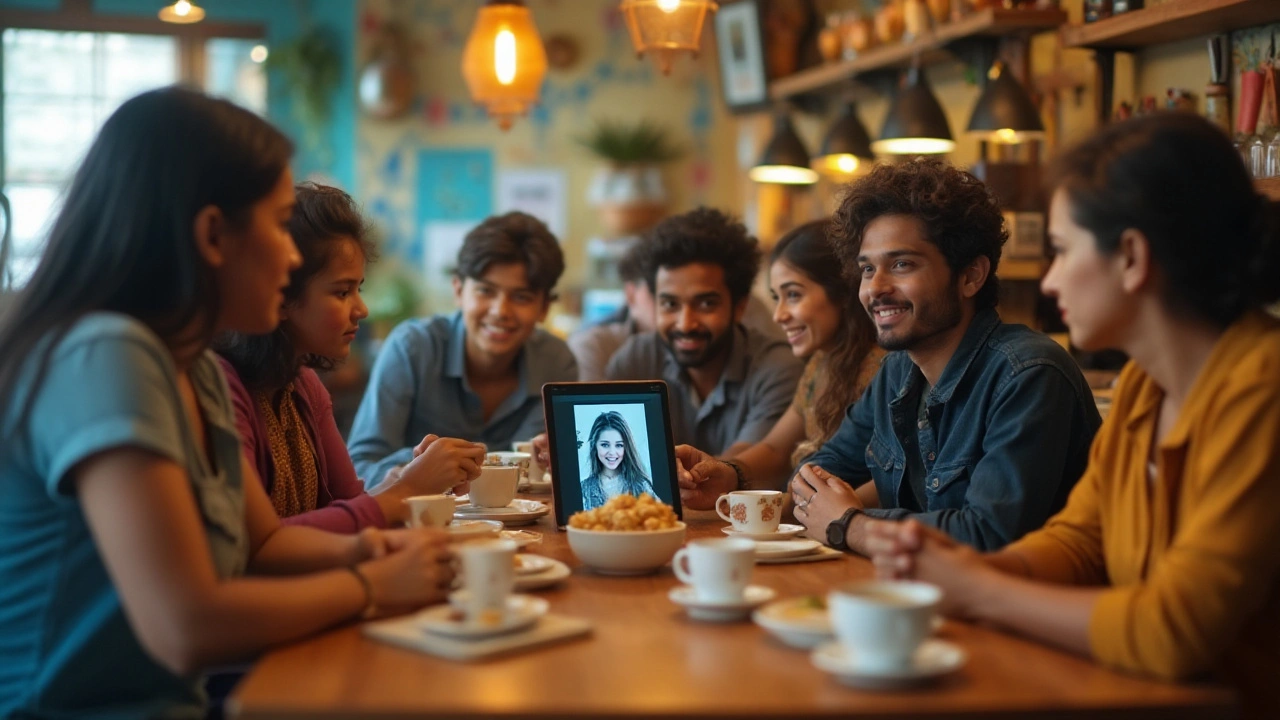
Tips for the Perfect Passport Photo
Getting a passport photo right is not just about framing a decent picture; it involves following specific guidelines that ensure the image is suitable for legal documentation. One fundamental consideration is the background. A clean, white, or off-white backdrop is necessary. Matte or plain surfaces work best as they eliminate distractions and help meet official requirements. Ensuring consistency in lighting is another crucial aspect. It is advised to use natural light whenever possible which not only produces authentic skin tones but also minimizes shadows and reflections. This simple step can drastically improve the quality of your photo.
Your face should be fully visible and occupy the central position in the frame. Make sure to keep a neutral expression; no smiling, raised eyebrows, or frowns. Relax your facial muscles for a straight look. Wearing glasses is often allowed, as long as the frames do not cover your eyes and there is no glare. However, it's better to check specific country requirements, as some have restrictions regarding eyewear. Hair should be neat, and no head coverings or hats unless they are for religious or medical reasons. Even then, full face visibility is a must.
Common Mistakes to Avoid
Being aware of common pitfalls can save you a lot of hassle. Avoid having patterns or shadows at the background as they can interfere with the image processing software many governments use. Poor lighting can lead to overly bright or dark pictures that might not be acceptable. Also, wearing a shirt that blends with the background can make your face appear less prominent. Use contrasting colors to ensure the focus remains on your face. Another frequent mistake is uneven framing. Remember, your face and upper shoulders should fill the frame without any cropping of your head or chin.
Consider this nugget from an expert in the field:
“Lighting is the single most crucial factor in achieving a contrast-rich, defined photo suitable for official use.”This emphasizes that natural light, especially at dawn or dusk, not only adds warmth to the skin but cuts down unnecessary harshness that might otherwise result in rejected images.
Testing Your Setup
Before finalizing the shot, take the time to test different setups. Trial and error is your friend here. Take multiple shots with varying light sources, distances, and angles to pinpoint the best combination. Zooming in and inspecting details like clarity, shadow outlines, and color balance can help you refine the process systematically. To suit the needs of those working with smartphones, several online tools offer real-time feedback and
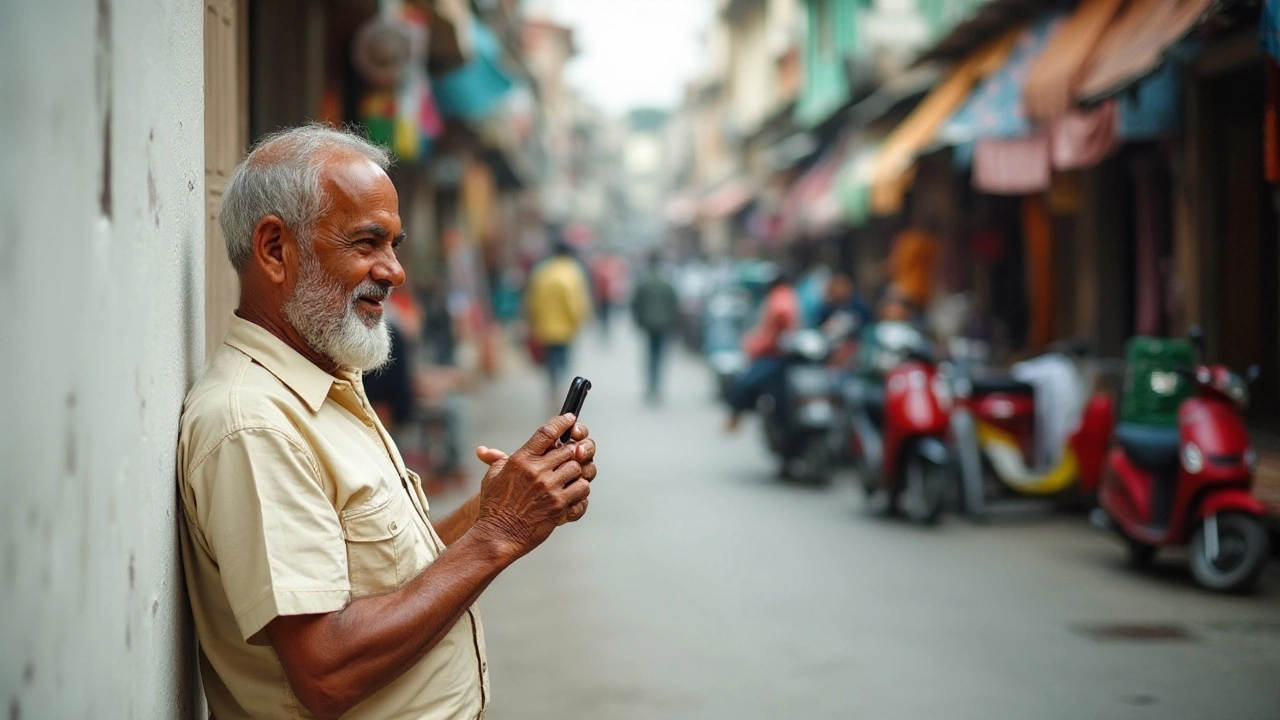
Ensuring Your Photo Meets Requirements
When it comes to creating a 2x2 passport photo, meeting official requirements is crucial to avoid any hassles during your application process. Different nations have specific criteria, but there are common standards applicable across the board. The first thing to note is the photo's size; naturally, it should measure exactly 2x2 inches. It's important that the head occupies between 1 inch and 1 3/8 inches when measured from the top to the chin, ensuring facial features are discernible and clear.
Lighting is another crucial factor. Your photo should be evenly lit without shadows on the face or background. A plain white or off-white backdrop is essential for contrast and clarity. It's advisable to use natural light and avoid flashes that can cause reflections or overexposure. The right lighting brings out true skin tones, another important requirement for official document photos. As stated in the U.S. Department of State guidelines, "Proper exposure is key to ensuring your passport photo is accepted." Background clarity plays a critical role, and neatly arranging your environment can make or break the suitability of your portrait.
The posture and expression on the face also matter significantly. The applicant should face the camera directly with both eyes open and a neutral expression. A slight natural smile is acceptable, but don’t overdo it, as exaggerated expressions might lead to rejection. It's also essential to avoid extrinsic elements like glasses with heavy frames, hats, or large jewelry. Removing these distractions can simplify the background and highlight the natural contours of the face. For those dependent on corrective lenses, ensure there are no glares or reflections obscuring the eyes, a common reason for photo disqualification.
Another crucial aspect is digital alteration. While minor adjustments to improve picture quality such as brightness or contrast are generally acceptable, any changes that alter the image significantly might lead to rejection. Hence, it’s important to keep the alterations minimal to maintain authenticity. Wearing national or religious attire is usually allowed as long as the face is completely visible. An interesting fact from a study done by Studios360 in 2019 highlights that close to 20% of passport photos are rejected due to inadequate adherence to facial visibility criteria.
To further ensure that your passport photo checks all the boxes, utilize online checklists available through official government sites or reputable sources. Many websites provide automated tools that allow you to upload your image and verify it against preset passport standards. Utilizing these tools can save time and effort, providing instant feedback on dimensions, lighting, and styling. Incorporating such thorough checks and balances gives you more confidence that your passport photo will meet all necessary expectations, paving the way for a smooth application process.
